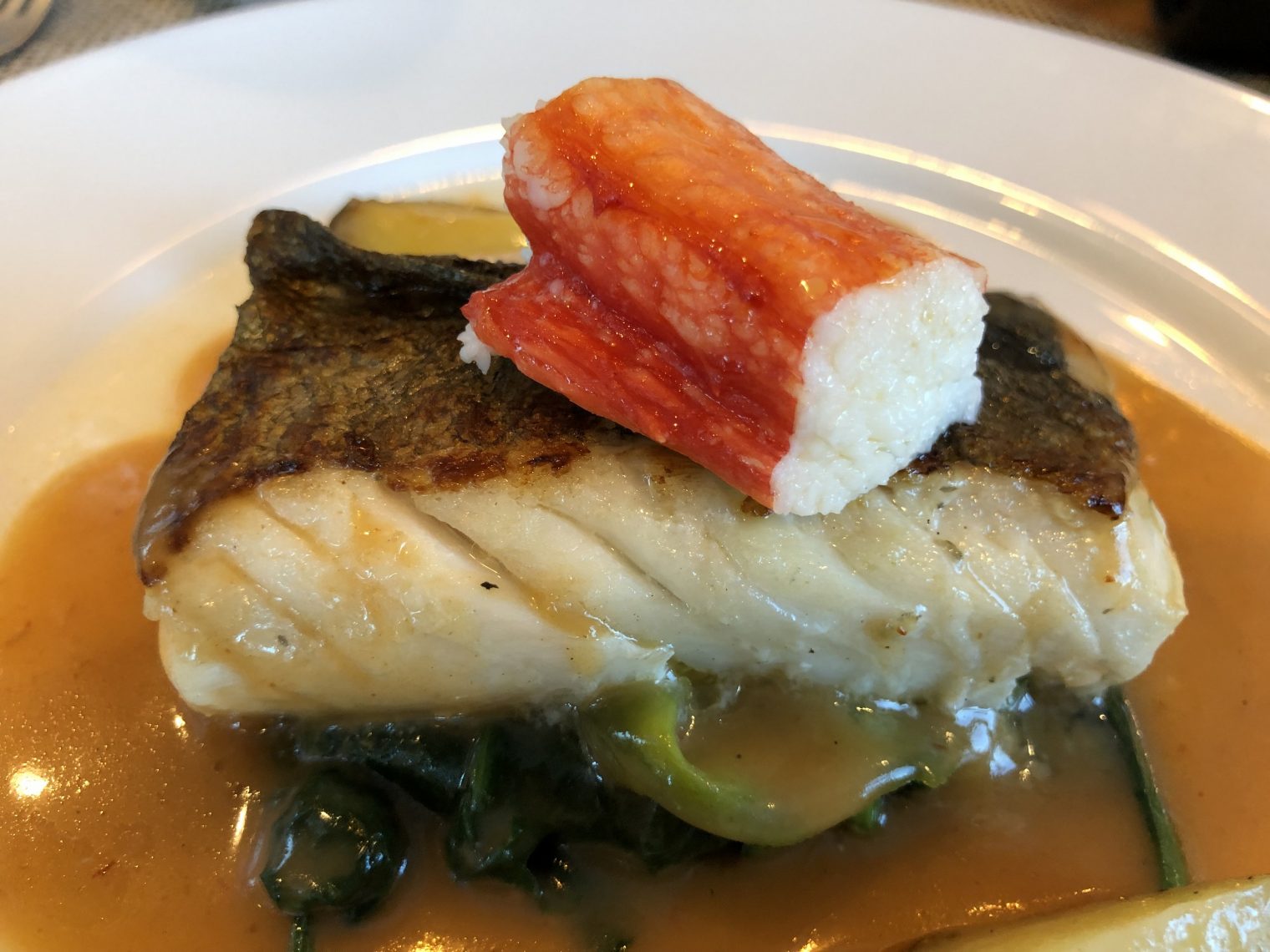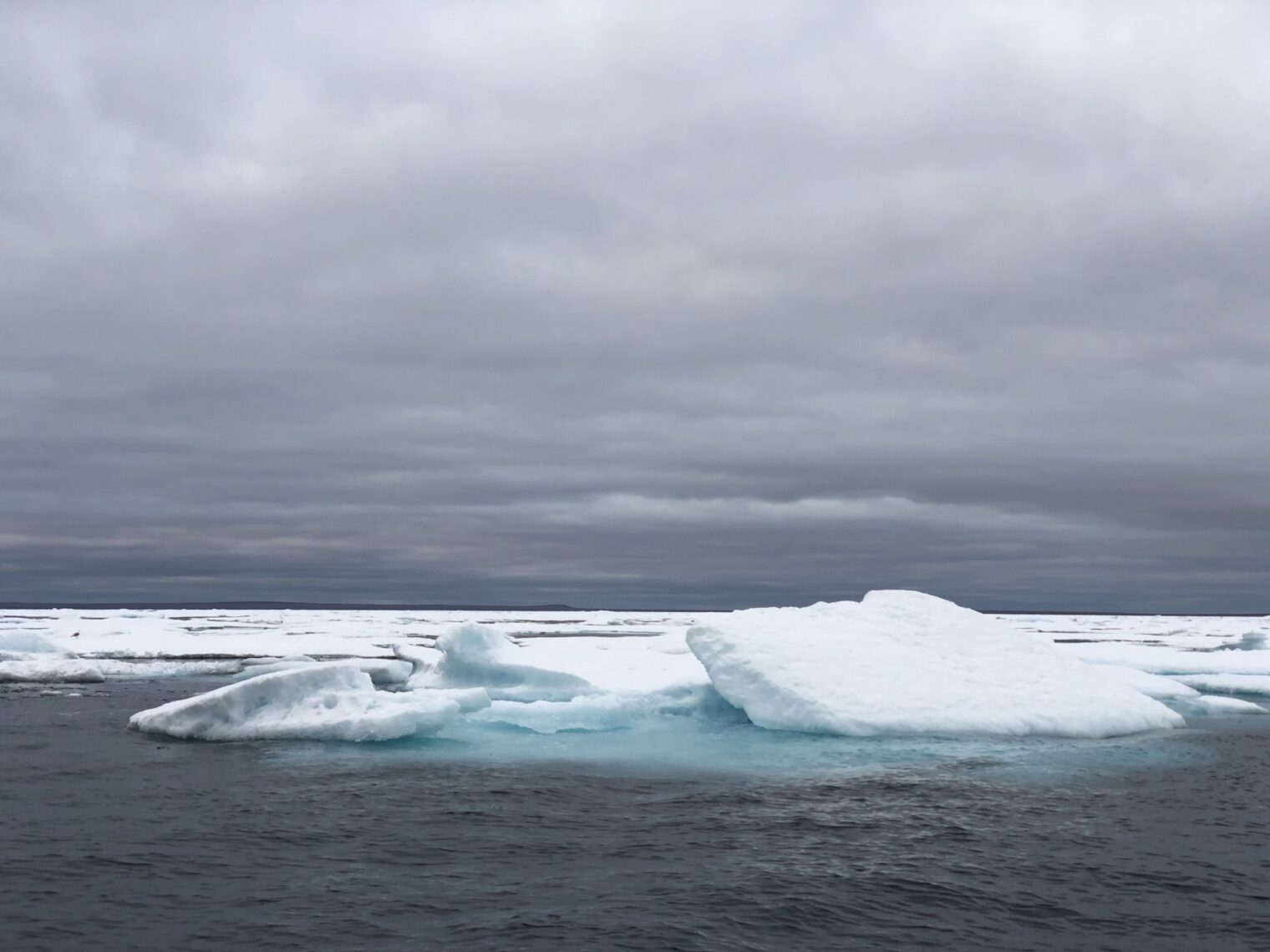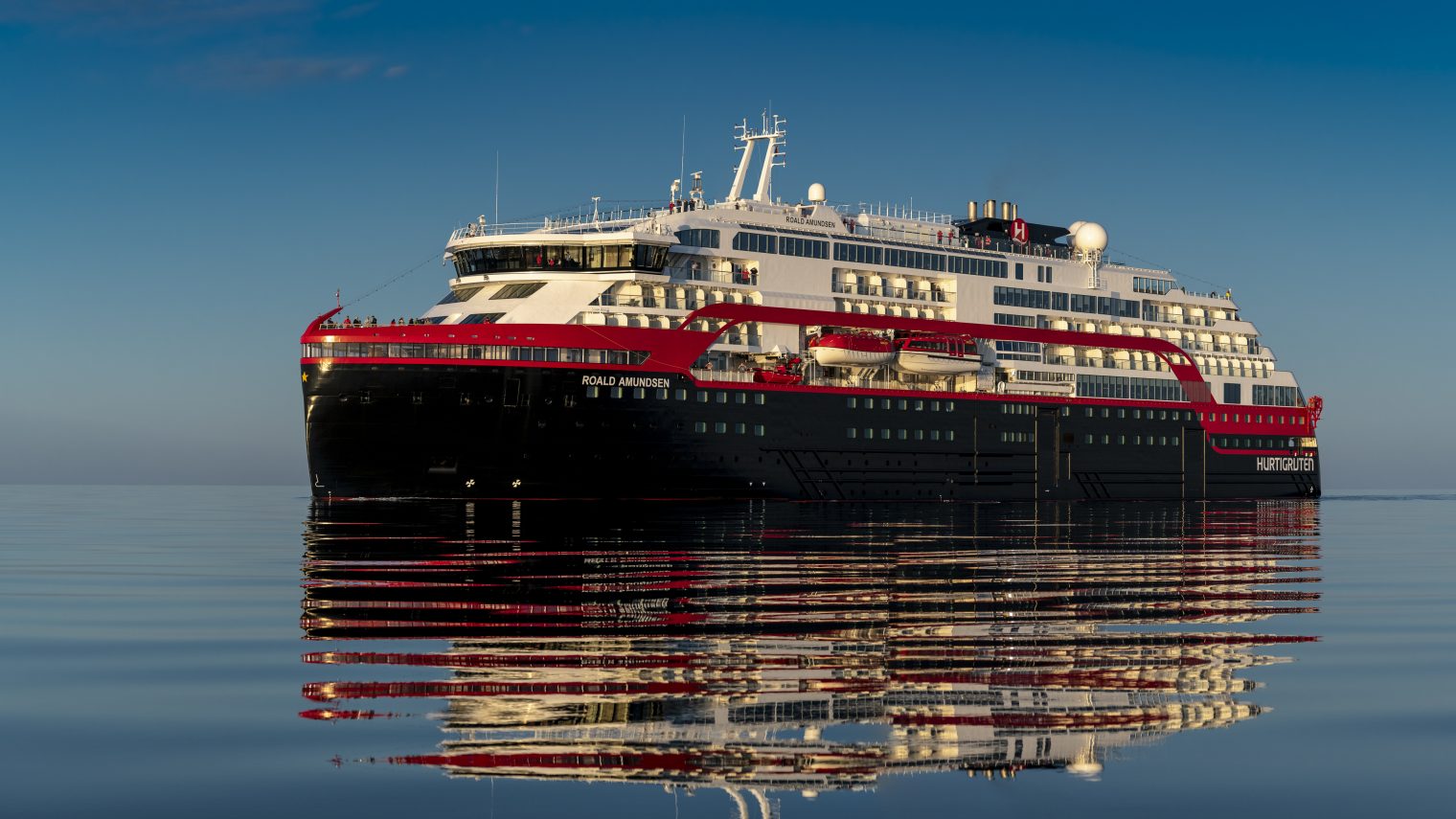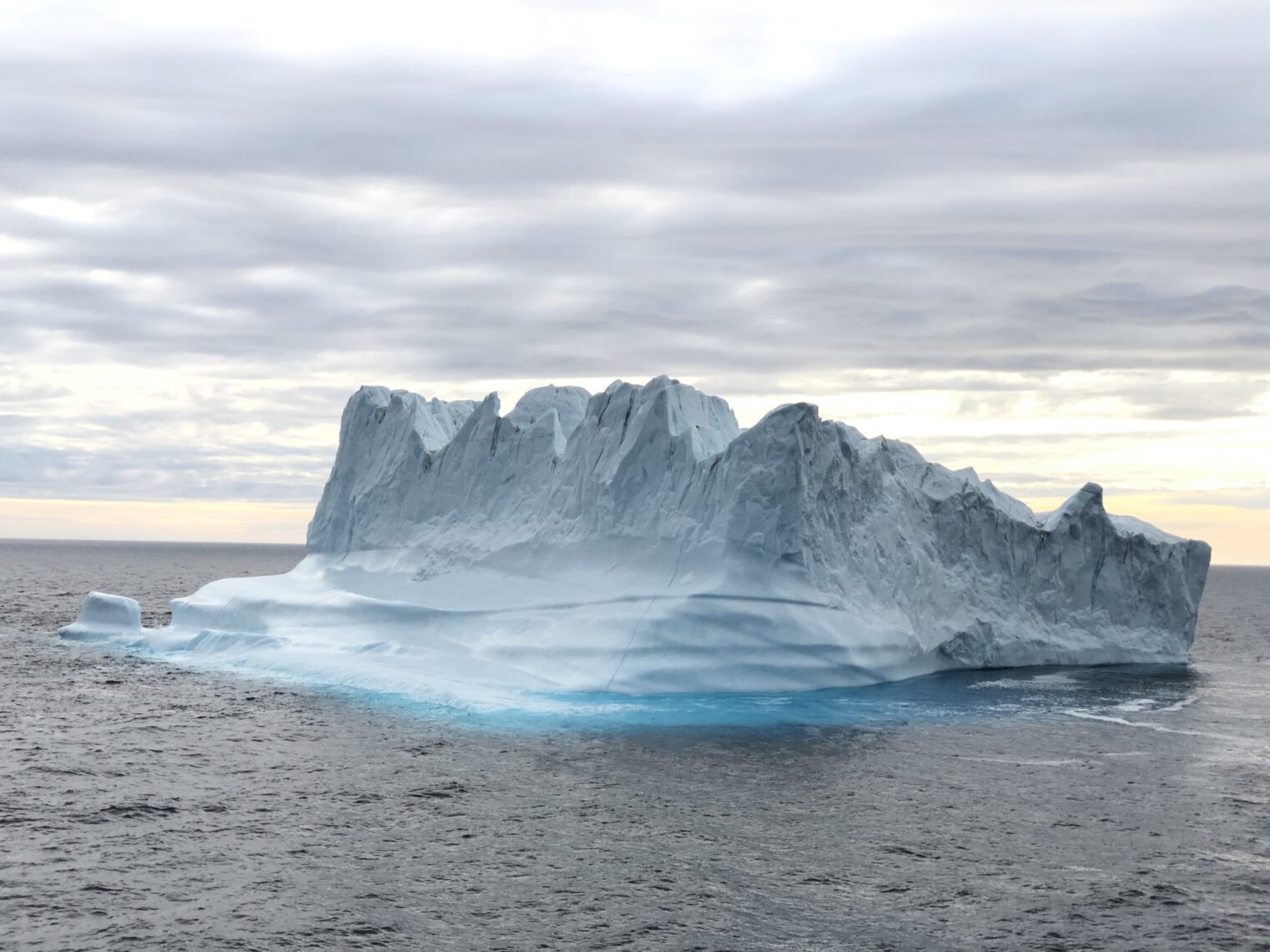If you were a school boy/girl/other in the Netherlands you would have learned about Willem Barentsz, who made three voyages to the Russian Arctic while Shakespeare was scribbling out The Comedy of Errors, Romeo and Juliet and the Merchant of Venice (1594-1597). If you weren’t, there’s a great new book: Icebound: Shipwrecked at the Edge of the World, by Andrea Pitzer.
What was known?
The Greeks later determined that the farthest places from the equator where the sun is directly overhead at some point during the year sit at predictable distances north and south of the equator. As a result, along with the equator circling the Earth, they had added one line above and one below, both parallel to it. The northernmost extreme of the sun’s travels was christened the Tropic of Cancer, and the southernmost band the Tropic of Capricorn. And the ancients realized that because of the changes in the sun’s position, there should be another line of latitude closer to each pole, beyond which it would be possible to see the sun at midnight during the summer, and for sunlight to vanish entirely during part of the winter. The Greeks named the Arctic Circle for the polar constellation that should always be visible inside it—Ursa Minor, or Little Bear. The “Arctic” in Arctic Circle comes from arktikos kyklos, or “circle of the bear”—not creatures on the ground but the stars in the sky.
What was conjectured? That there would be an open warm-ish sea once you pushed through the initial ring of icebergs. Thus, it made sense to consider going over the top of Russia to trade with China, the world’s manufacturing superpower in the 16th century.
It is unclear how this idea persisted given that this area was moderately active with humans during the summer months, mostly Russians and Sami people engaged in fishing. Kildin Island was a meeting point and trading post and roughly the limit of non-Russian knowledge.
Any time that it is warm enough for a human to be outside trying to do anything, the polar bears are in the region and hungry. One thing that the Dutch guys never do on any of the three expeditions is run out of ammo:
Slaughter emerged as the instinctive Dutch response to the Arctic landscape, a new theater that would see the same performance again and again with every European wave of arrivals. As historical archaeologist P. J. Capelotti observed about the killing of animals in the high Arctic that accompanied modern exploration, “It’s amazing there’s anything left alive.”
I wonder if polar bears have evolved during the intervening centuries to be wary of humans. Modern tourists on pre-coronapanic visits to the Arctic don’t have nearly the same number of interactions with bear. But perhaps it is just because the polar bear population has been so severely reduced. I couldn’t find any estimate for polar bear population in the 16th century. Even today, people are just guessing at what the numbers might be (unlike coronascientists, though, the wildlife biologists admit that they’re guessing!).
Fighting with the ice pack and the bears at the same time near Nova Zembla, which they’d hoped would be the gateway to the open route to China:
The animal rose up and came for them. They had to abandon the work of turning the ship in order to fight the bear. But before they could kill it, they had to chase it into the water and onto the ice then back onto land again to catch it. After dispatching it, they returned to saving the ship. Whenever things looked bad, there was always something worse waiting to happen.
That last sentence describes the attitude of most of my Facebook friends regarding COVID-19!
Popping vitamin pills in hopes of warding off coronaplague? Maybe think twice…
They hadn’t enjoyed eating the meat from the first bear they’d killed on the voyage, almost a year before. But dwindling rations and the passage of time combined to make them look more keenly at this bear and reconsider. After gutting the animal, they dressed and cooked its liver, which had a much better flavor than the meat they’d eaten before. They were pleased with their meal, but the bear had its revenge when the men started to feel ill. Everyone fell sick, and the cause was clear. Barents and his men had poisoned themselves. Polar bear liver contains enough vitamin A to be lethal to humans. Though the crew had no more idea of the effects of too much vitamin A than they did the lack of vitamin C that caused their scurvy, both wreaked havoc on the castaways’ bodies just the same. Symptoms include drowsiness, headaches, liver damage, altered consciousness, and vomiting. The next morning, van Heemskerck picked up the pot of liver still sitting on the fire and threw its contents out in the snow. Three men soon lay near death. … By June 4—four days after they’d eaten the polar bear liver—most of the crew had recovered, but the skin of the three men who had fallen most violently ill peeled off in layers from head to toe.
I don’t want to spoil the story. Suffice it to say that an unplanned overwintering in the high Arctic will test a group’s resourcefulness. Scurvy turned out to be an even worse enemy than the climate.
Should we hoist a Stroopwafel in Barents’s memory?
Even during his life, Barents had lived a larger life than most humans. He’d been the first to publish an atlas of the Mediterranean, a survivor of nearly ten months in some of the most extreme conditions on the planet, a three-time explorer into the unknown, mapping places no European—and in some cases, perhaps no human—had ever seen. In Barents’s day, the Russians called the sea between Scandinavia and Nova Zembla the sea of Murmans, referring to the Norwegians they encountered there. But in 1853, Barents’s name would come to replace the earlier one, and the waters he sailed three times on his way east would come to be known worldwide as the Barents Sea. Four hundred years later its treacherous conditions would lead some to call it the devil’s dance floor.1
Along with making Zembla legendary, Barents and his men would themselves become famous. By 1600, less than four years after their frozen Twelfth Night feast on Nova Zembla, William Shakespeare would write his own play about the same holiday. Twelfth Night likewise tells the story of a world turned upside down on this strangest of holidays, in which the high are brought low and everything spins topsy-turvy. A not-quite-dead dead twin, cross-dressing, and a plot nested around switched identities lead to a comedy of errors with its own holiday feast at the center—and a reference to Barents. When one character earns another’s disdain, he’s told, “[Y]ou are now sailed into the north of my lady’s opinion; where you will hang like an icicle on a Dutchman’s beard.” In the space of a handful of years, the tale of Dutchmen covered in ice at the northern edge of the world would cross borders to become an international cultural touchstone.
William Barents would become less and less real over time. The gaps left by his biography, and his death, create an emptiness that makes it possible to project or reflect whatever the viewer wants to see. Yet every famous Arctic explorer who endured horrifying ordeals, every adventurer to the North whose story became a bestselling book, every voyager vowing to fill in the map for national glory, every polar adventurer whose exploits were recorded with the newest technologies—from books to telegrams to photos to radio broadcasts to phones to satellite links—has walked in the path first blazed by William Barents. In later centuries, the failure to establish habitable colonies or make successful trade missions wouldn’t count against intrepid explorers. From a monetary perspective in Barents’s era, however, his final voyage was a disaster, so much so that when his wife applied for a widow’s pension from the council of Holland, asking for support for herself and the five children her husband had left behind, she was refused.
A less-known hero from the voyage is the captain, Jacob van Heemskerck (Barents was the navigator).
Van Heemskerck later sailed to [the East Indies] as commander of the fleet and helped shepherd the new Dutch nation as it supernovaed into a vast empire. In less than a century, the goods shipped by Dutch traders would eclipse the combined total of Spain, France, England, and Portugal, with several other European powers thrown in for good measure. Just as he’d outlasted his time in the Arctic, van Heemskerck would survive his southern voyages and return home to take part in the war against Spain that would continue, at greater or lesser intensity, for another four decades. As admiral, he’d lead the Dutch navies against the Spanish fleet near Gibraltar in 1607, dying in battle after losing a leg to a cannonball.
The author closes with a testable hypothesis:
Yet, strangely enough, he was perfectly correct in his assumption. The world to which he belonged set machinery in motion that can now be slowed but not reversed. With some consistency, snow and ice surveys project that by 2040—perhaps as early as 2030—there will be no ice left at the North Pole in summer. By August 2017, the planet had changed so much that a Russian gas tanker equipped for Arctic voyages could travel for the first time without an icebreaker escort, sailing a northern route from Norway to South Korea in two-thirds the time required for the traditional route through the Suez Canal. The open polar sea Barents had forecast will soon exist every year during the hottest months. And the planet will continue to warm. This stupendous change will be the end result of a process in which Barents and his Arctic expeditions were in some ways the opening salvo. Though they returned with a dramatic tale of uninhabited lands and scientific insights, their ships still rode the wave of a tide that would unleash destruction as powerful and enduring as any force in human history. The sea free of polar ice that the Greeks had deliberated over and Barents’s own mentor had insisted was real wasn’t just a figment of their imaginations. The open polar sea that Barents had imagined, the idea for which he’d risked everything, has finally come to pass. He just sailed four hundred years too soon.
Let’s see if the scientific consensus turns out to be correct! I hope that we haven’t all been killed by variant COVID-19 by 2040 and can see if the experts were right. If the CDC lifts its no-sail order, perhaps we can have a comfortable Royal Caribbean cruise from Miami to the North Pole and back by way of Halifax (so as to qualify as an international trip).
Meanwhile… I suggest reading Icebound: Shipwrecked at the Edge of the World.
From my own trip to the Arctic, made more tolerable by the presence of a French chef…
Related:
- Northwest Passage fairly open this year (Pitzer might be right that 2017 was warm, but 2018 was frozen solid!)
- Roald Amundsen Cruise Ship Review (maybe one day these folks will do a Northeast Passage as Barents was attempting)




I dimly remember reading an account of the Barentsz expeditions at a young age, maybe it was in one of the Childcraft “How and Why Library” books I received as a toddler. The stories behind these adventures are fascinating to children and still compelling as adult reading.
Let’s not forget Maria Klenova!
https://en.wikipedia.org/wiki/Maria_Klenova
“Maria Vasilyevna Klenova (Russian: Мари́я Васи́льевна Клёнова; 12 August 1898 – 6 August 1976)[1] was a Russian and Soviet marine geologist and one of the founders of Russian marine science and contributor to the first Soviet Antarctic atlas.[2]…In 1933 Klenova produced the first complete seabed map of the Barents Sea. She identified and named the Barents abyssal plain (85ºN, 40ºE) after the Dutch polar explorer Willem Barentsz (or Barents) who died in 1597 on his third expedition to find the Northeast Passage.”
Also, I actually like P.J. Capelotti at Penn State (take a look at his video on the Genius of Thomas Jefferson) but I think this is a little hyperbolic. Or maybe it’s a cautionary warning about ecotourism.
“As historical archaeologist P. J. Capelotti observed about the killing of animals in the high Arctic that accompanied modern exploration, “It’s amazing there’s anything left alive.”
https://www.abington.psu.edu/PJ-Capelotti-PhD
Here’s my interview with Andrea Pitzer about “Icebound”:
https://wfmu.org/archiveplayer/?show=101180&archive=197871&starttime=0:7:03
Mark: Thanks for that link. Great interview!